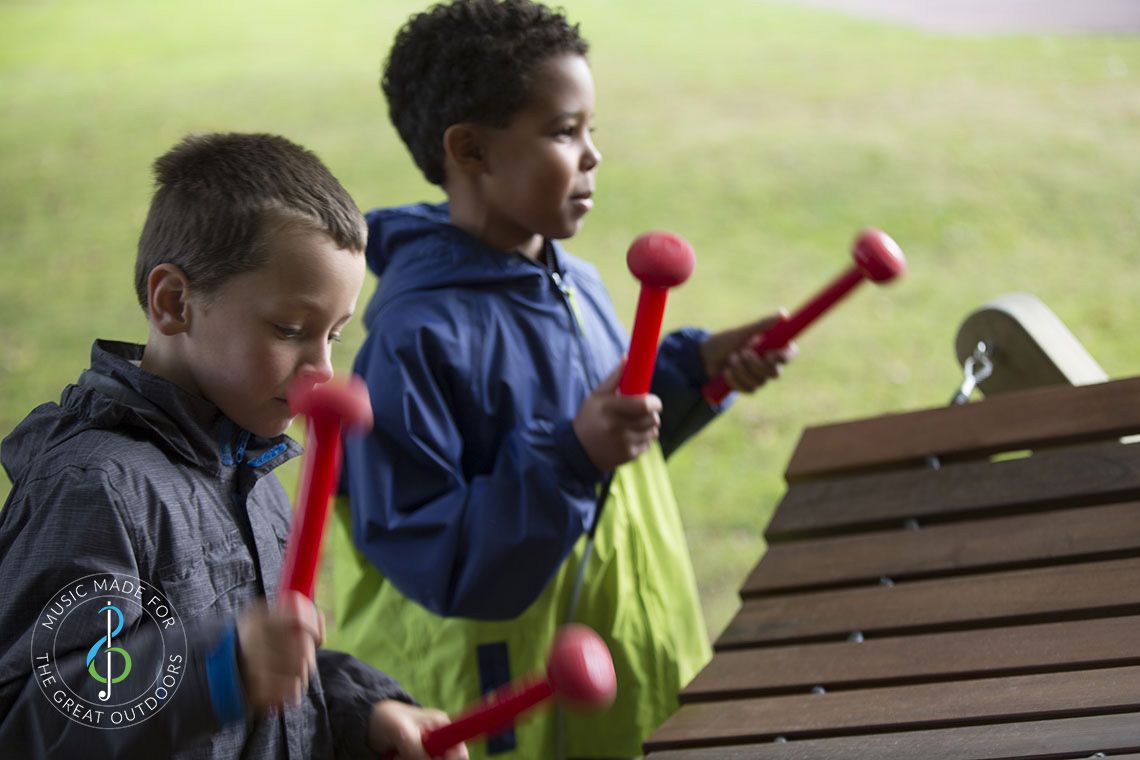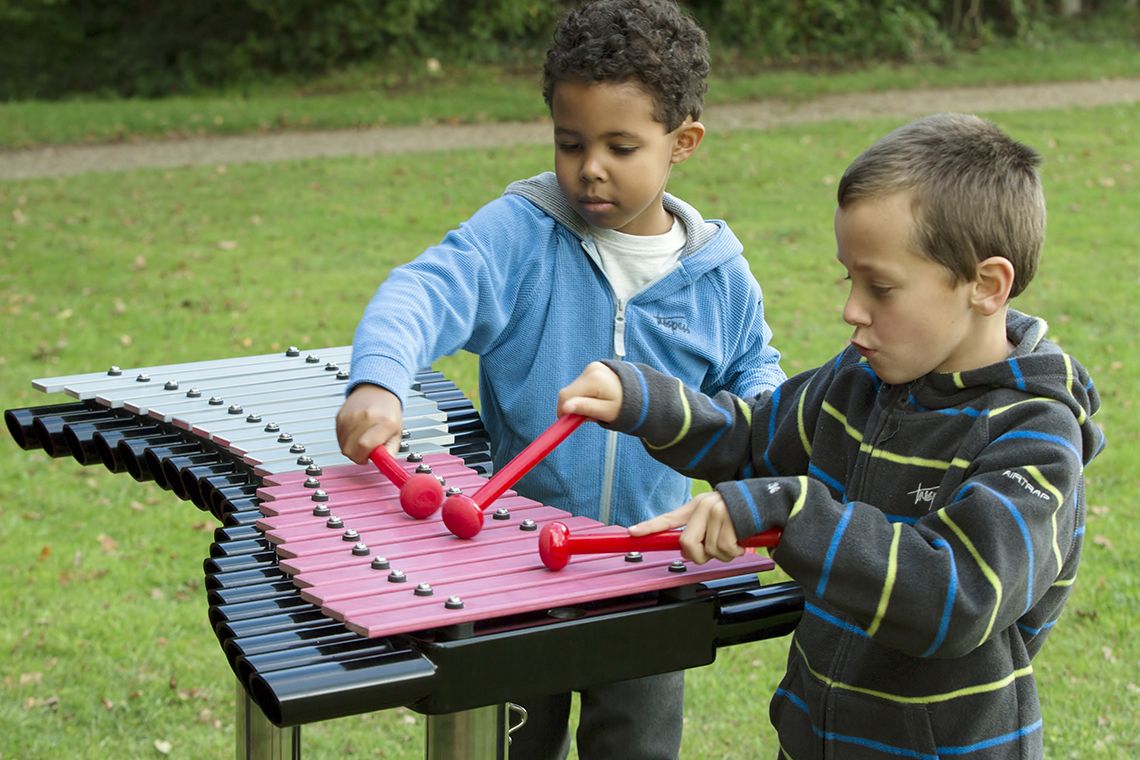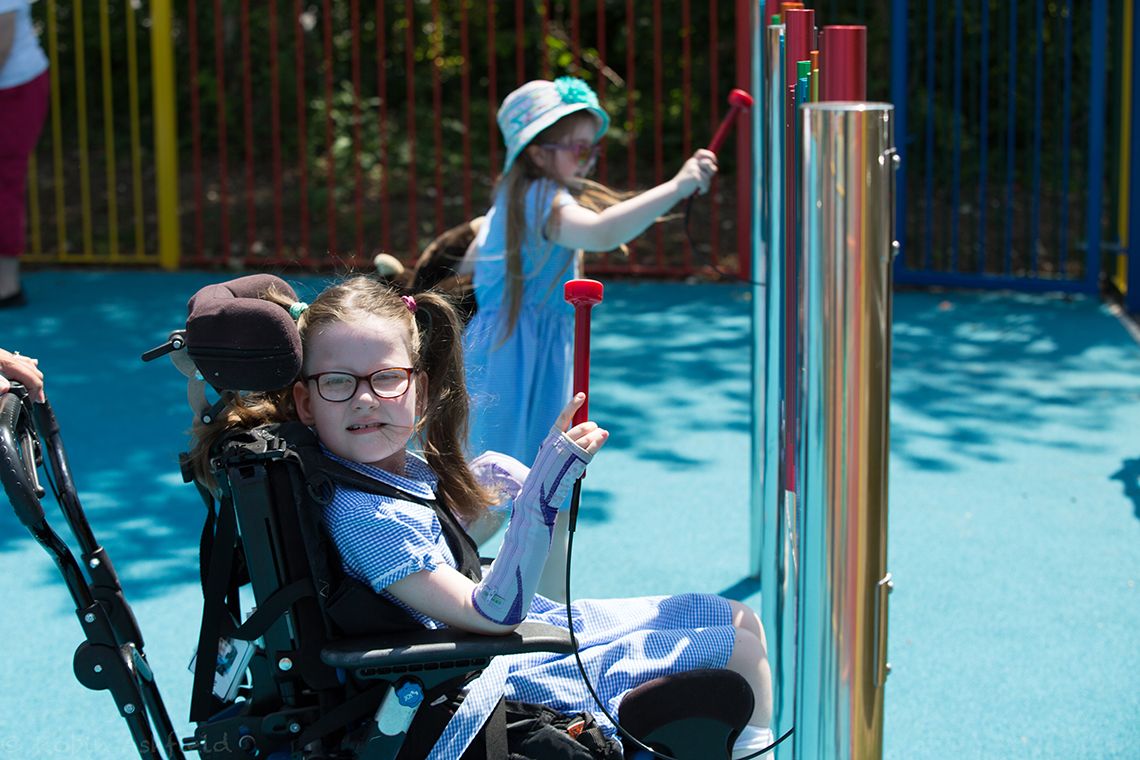Teaching Children About the World Through Music
As young children enter their early years' education, they are likely to join a larger social community and be introduced to children with a wider variety of abilities, cultures, languages, and backgrounds. It is important to begin teaching children diversity throughout their early childhood, to promote socialization, tolerance, respect, care, and openness. Some of us live in richly diverse communities, others less so. However, education about cultural diversity can always be within reach, and a respect for our differences easily woven into the fabric of children's everyday lives.
As an essential element of culture, music is an excellent place to begin early discussions about diversity and inclusion. Musical behaviors are universal across human populations. Yet, at the same time, these behaviors and activities have taken on different cultural roles, structures, and interpretations in different geographical and community contexts. Responsibly educating children about the ideas and beliefs of others through music from a young age can help to expand their worldview and enable them to become open-minded, open-hearted "citizens of the world."

Introducing children to different musical styles and using these to learn about vibrant and fascinating cultures can allow meaningful glimpses into other ways of life. Music tells the story of a society’s character and history. If learning a language can lead us to communicate with other people, listening to local music can help us learn about their culture, traditions, history, and so much more. Exposing children to the world in such a positive way and celebrating the differences in all people can help them to develop a greater understanding of and respect for other cultures, as well as offering them new experiences.
Music can serve as an opening to a variety of instruments, languages, clothing, and celebrations from places across the world and is a powerful vehicle for storytelling and upholding traditions. Music can help teach a child about heritage, foster language development, and present new values.
Encouraging students to bring in music from their family of origin or inviting in parents or local people of different cultures can lead to lively discussions about how music can be extremely important to us and part of who we are. By listening to music from a variety of communities and cultures, and by sharing pictures and recordings of the different musical instruments, students can encounter music in ways they haven’t experienced before. Children learn from each other by listening and joining in, by listening to recordings or aurally from adults.
From an Irish bodhran to Latin-American maracas, Spanish guiros, West African balafons, and djembes, Indian tabla, the Southeast African mbila, the European glockenspiel, the Indonesian mbira or kalimba thumb piano, Chinese ocarina flutes to Aboriginal didgeridoos. By studying the cultural origins of music from different global communities such as these, coordinated with musical activities aimed to highlight key similarities and differences, students can begin to perform new styles of music themselves in small informal ensembles. Taking a trip around the globe and enjoying music from all corners of the Earth becomes a hugely positive celebration of intercultural understanding and respect. Ask students to imagine how boring the world would be if we all listened to and liked the same music? They will soon grasp the concept that diversity makes the world a better, more exciting place!

By playing a combination of culturally traditional instruments and contemporary instruments based on and inspired by these, students will learn new and different music-making techniques, rhythms, sequential patterns, and forms of improvisation. In many cultures, rhythm is complex and highly valued and involves communal/group participation, improvisation, body percussion, rhyme, and movement and so the Orff approach is a highly effective teaching method.
An informal setting helps children to relax, communicate and share ideas, making outdoor musical instruments an ideal tool with which to introduce world music into the school day. Subtly integrating a variety of musical forms into a child’s routine can spark curiosity, introduce new ideas, and celebrate diverse cultures. From instruments based on and inspired by African marimbas, Peruvian Cajon drums, Cuban Tumbadoras, and Vietnamese T-Rungs, the wide range of percussion or pentatonic instruments available - permanently installed and readily available to students - can bring cultural diversity to the playground. A musical playground of this kind can be used both during recess and lesson time to promote cultural inclusivity and social education, both within and beyond classes. In addition, children’s creativity in composing and performing work that articulates their personal sense of place will be harnessed.

When young people make music together, they work toward a common goal which helps them realize that we’re all humans, despite differences in how we look or dress, how we speak or celebrate. These informal performances of culturally diverse music can help to build a school community by stimulating children’s interest in different cultures and raising discussions on social conditions around the world.
With the right guidance, the experience of learning and playing world music can naturally lead children towards becoming more non-judgmental and open-minded individuals. We share few things around the world, across cultures and religions, but music is a beautiful commonality that we can all love, appreciate, and bond over. It promotes an awareness of self and others and fosters respect, tolerance, and understanding.